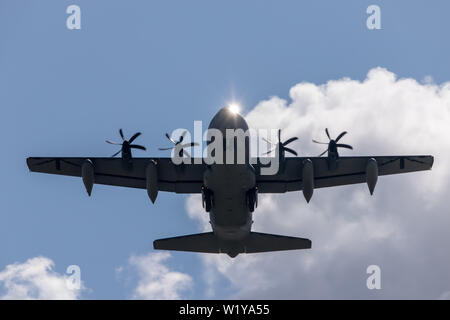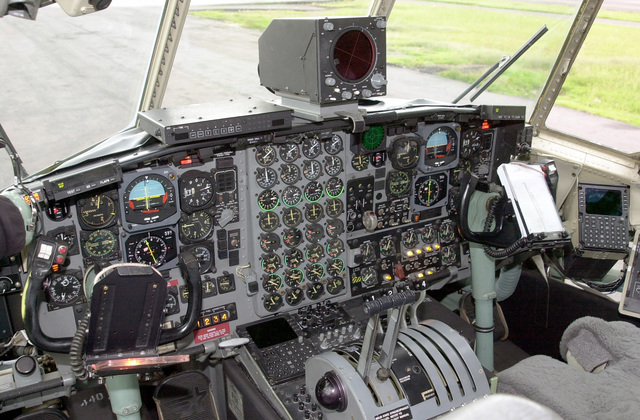
Assessment is complex because of the limitations of considering the toxicity of individual substances in complex heated mixtures. Cumulative exposure to regular small doses of toxic fumes is potentially damaging to health and may be exacerbated by a single higher-level exposure. Inhalation of these potentially toxic fumes is increasingly recognised to cause acute and long-term neurological, respiratory, cardiological and other symptoms. We review the literature on the effects of fume events on aircrew health. Whilst organophosphates have been the main subject of interest, oil and hydraulic fumes in the air supply also contain ultrafine particles, numerous volatile organic hydrocarbons and thermally degraded products. Wingspan: 132 feet 7 inches (39.7 meters)Ĭrew: Two pilots, one combat systems officers, one weapon system operator, one sensor operator and four special mission aviatorsĪrmament: Precision Strike Package with 30mm and 105mm cannons and Standoff Precision Guided Munitions (i.e.Thermally degraded engine oil and hydraulic fluid fumes contaminating aircraft cabin air conditioning systems have been well documented since the 1950s. Range: 3,000 miles limited by crew duty day with air refueling Thrust: 4,700 shaft horsepower per engine Power Plant: Four Rolls-Royce AE 2100D3 Turboprops Primary Function: Close air support and air interdiction with associated collateral missions The last AC-130J delivery is scheduled for fiscal year 2024. The first AC-130J squadron, the 73rd Special Operations Squadron, was activated at Hurlburt Field, Florida, Feb.

#C 130 cockpit air conditioning full#
Initial operational capacity was reached in 2017 full operational capability is forecast for FY25. The first AC-130J aircraft completed developmental test and evaluation in June 2015. The AC-130J aircraft was officially named Ghostrider in May 2012. In South America, Africa, Europe and throughout the Middle East, gunships have significantly contributed to mission success. Over the past four decades, AC-130s have deployed constantly to hotspots throughout the world in support of special operations and conventional forces. AC-130 gunships have an extensive combat history dating back to Vietnam where gunships destroyed more than 10,000 trucks and were credited with many life-saving, close air support missions. The AC-130J is the fifth generation gunship replacing the aging fleet of AC-130U/W gunships. The mission management system fuses sensor, communication, environment, order of battle and threat information into a common operating picture. The aircraft is capable of air refueling with the Universal Air Refueling Receptacle Slipway Installation system.Īdditionally, the AC-130J is modified with the Precision Strike Package, which includes a mission management console, robust communications suite, two electro-optical/infrared sensors, advanced fire control equipment, precision guided munitions delivery capability, as well as trainable 30mm and 105mm weapons. Aircraft defensive systems and color weather radar are integrated as well. The aircraft is capable of extremely accurate navigation due to the fully integrated navigation systems with dual inertial navigation systems and global positioning system. It contains an advanced two-pilot flight station with fully integrated digital avionics. The AC-130J is a highly modified C-130J aircraft that contains many advanced features. The AC-130J provides ground forces an expeditionary, direct-fire platform that is persistent, ideally suited for urban operations and delivers precision low-yield munitions against ground targets.

Air interdiction missions are conducted against pre-planned targets or targets of opportunity and include strike coordination and reconnaissance and overwatch mission sets. Close air support missions include troops in contact, convoy escort and point air defense.

The AC-130J Ghostrider's primary missions are close air support, air interdiction and armed reconnaissance.


 0 kommentar(er)
0 kommentar(er)
